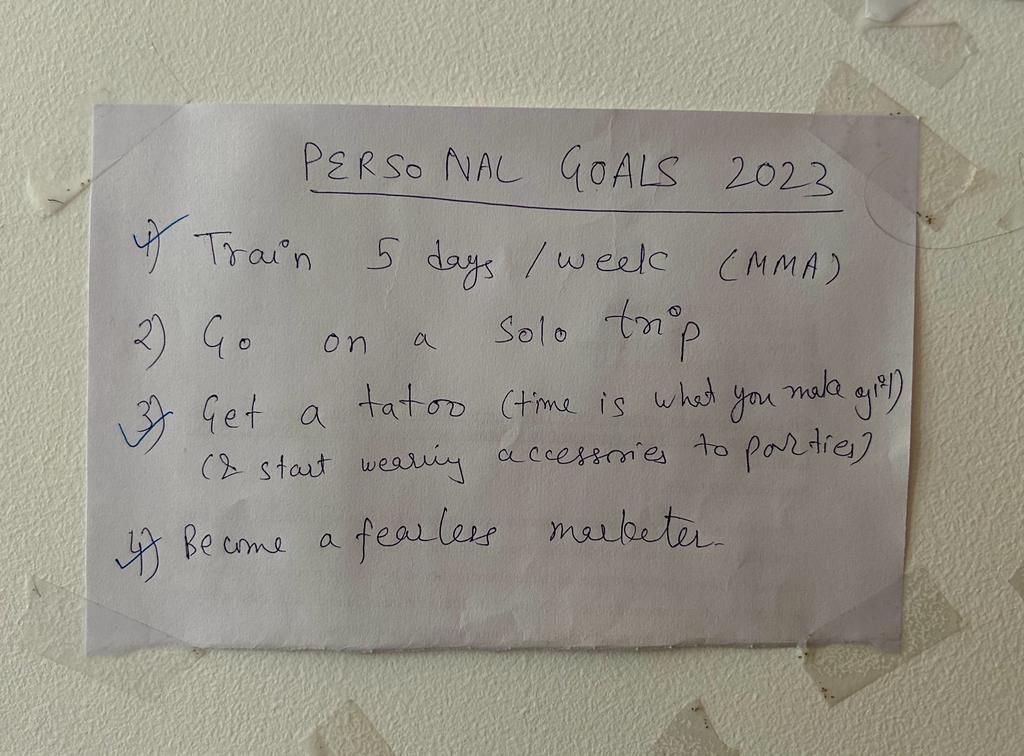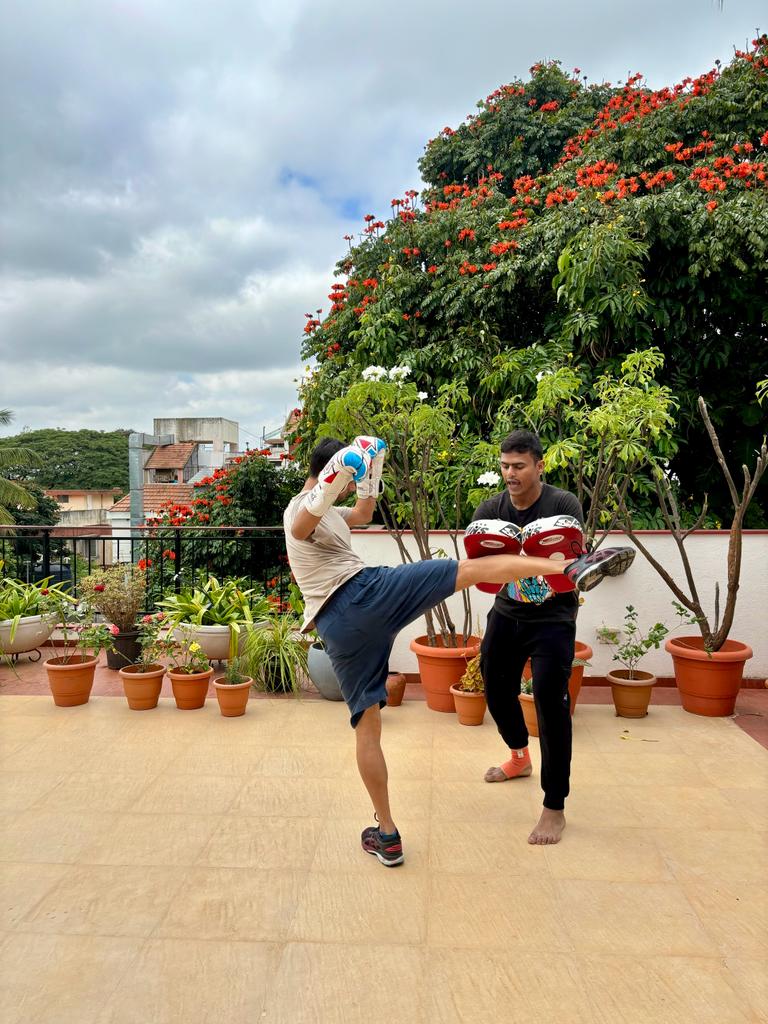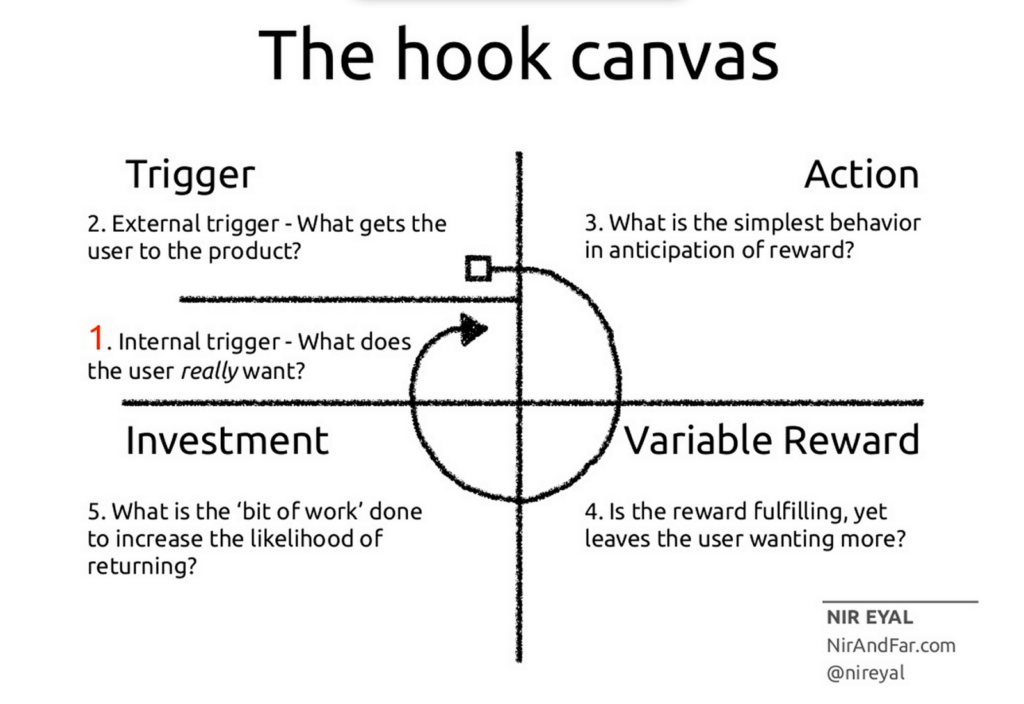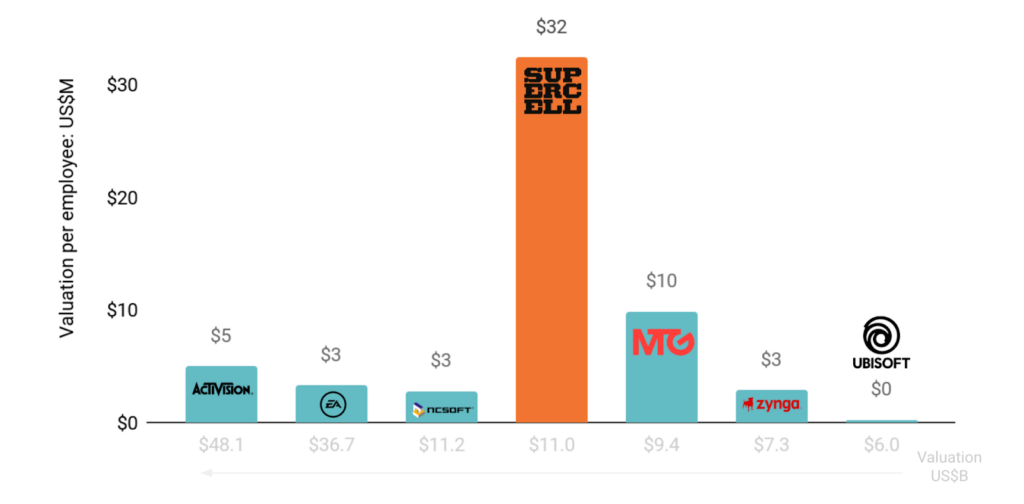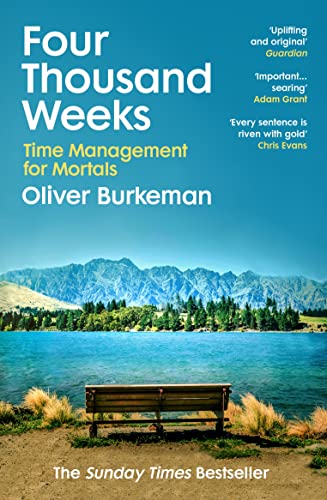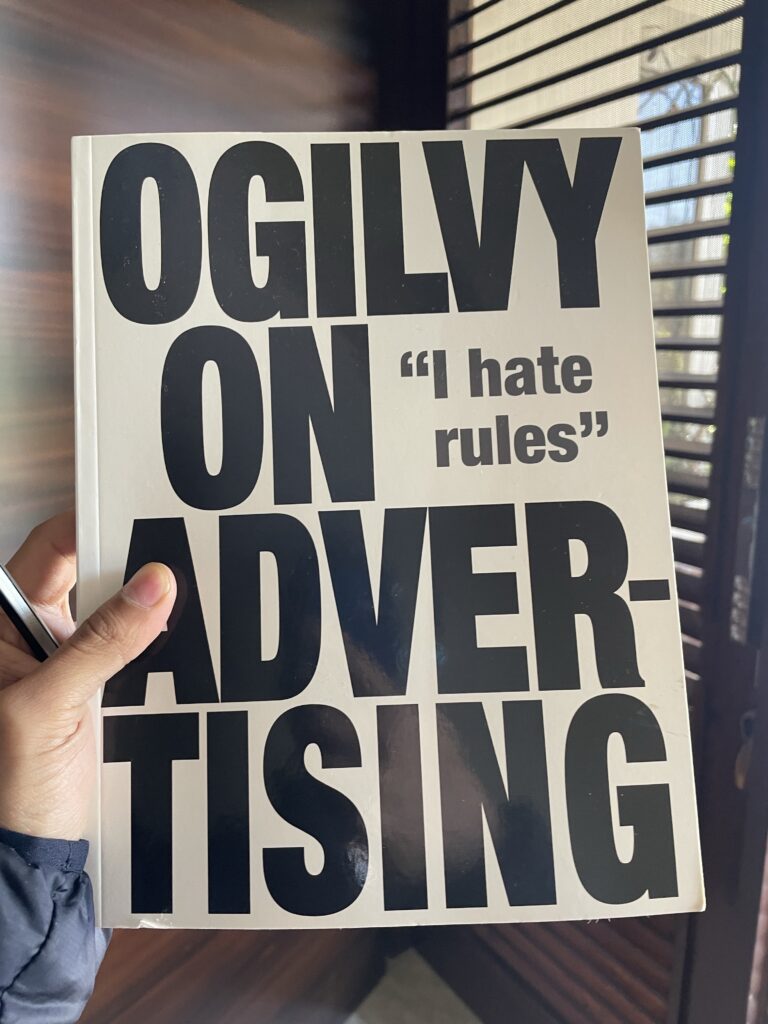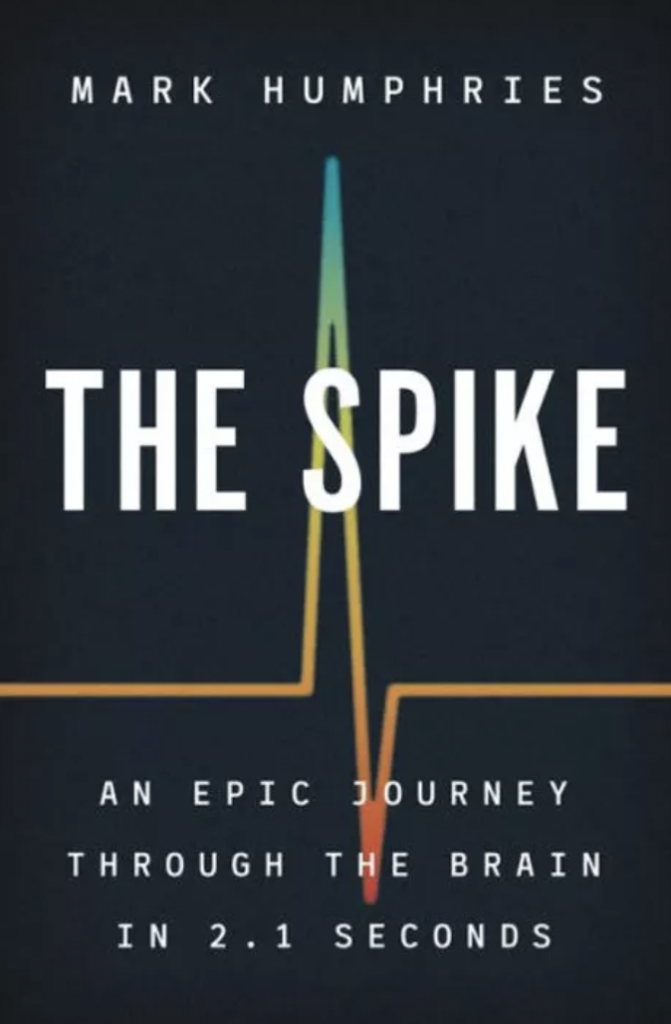I love thinking about thinking. Give me a research paper on rationality, cognitive biases or mental models, and I’ll gobble it up. Given the amount of knowledge I’ve ingested on these topics, I had always assumed that I’m a clear thinker.
Recently, though, it hit me like a lightning strike that this belief is counter-productive. That’s because is you “know” that you’re a clear thinker, you’re less likely to suspect that you might be missing something big in your thought process. After all, if you are convinced that you think clearly by default, why would you put in any extra effort to scrutinize your thought process? ...

